The average American teenager spends nearly five hours on social media every day. This result is by design: social media platforms like Instagram, Snapchat, and TikTok deploy persuasive technologies—including infinite scroll, personalized content recommendation feeds, and dark patterns—to capture and retain teen attention. These intentional design features exploit adolescent vulnerabilities to foster social media dependency. Accordingly, a growing body of scientific evidence links the extensive use of social media to the teen mental health crisis in the United States.
Despite these negative effects, social media companies have largely evaded accountability for the harm they have caused to teens. Recent lawsuits based on products liability theory offer a potential pathway for holding social media companies liable. Proving causation in these cases presents considerable challenges due to factors such as the inaccessibility of “black box” technologies, the difficulty of linking algorithmic-driven product features to specific teen injuries, and the reality that many teens habitually use multiple social media platforms.
This Note urges courts to look beyond traditional tort law principles to address the causation challenges posed by social media litigation. Specifically, this Note proposes using proportional share liability based on engagement data to apportion liability among social media defendants. Proportional share liability enables courts to allocate responsibility proportionate to each platform’s contribution to a specific teen’s injuries and the broader teen mental health crisis. In doing so, proportional share liability provides a fair and equitable mechanism for addressing the harms caused by social media’s addictive design.

